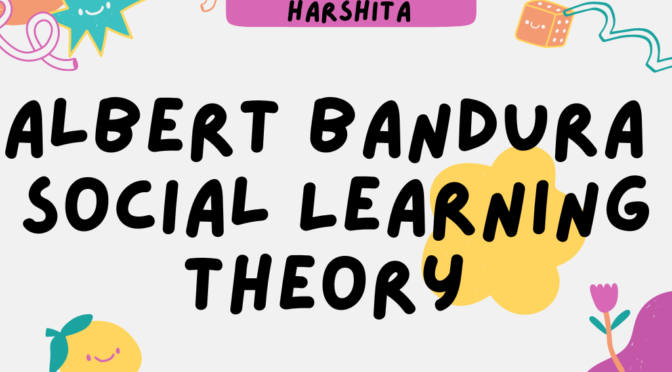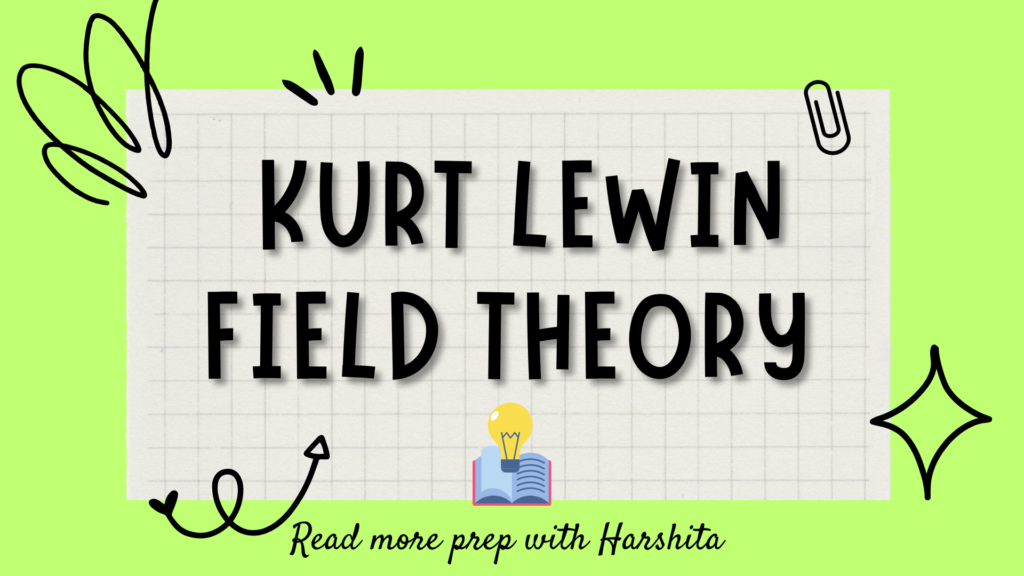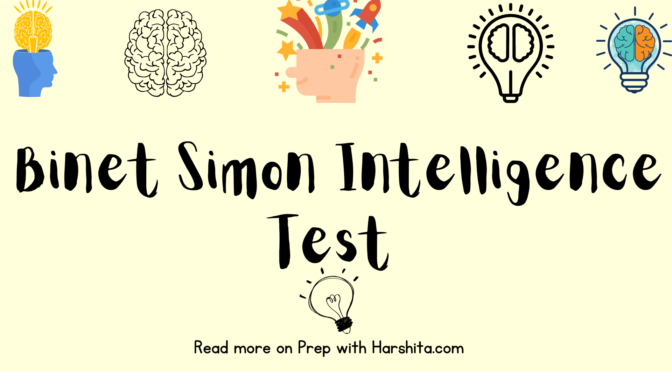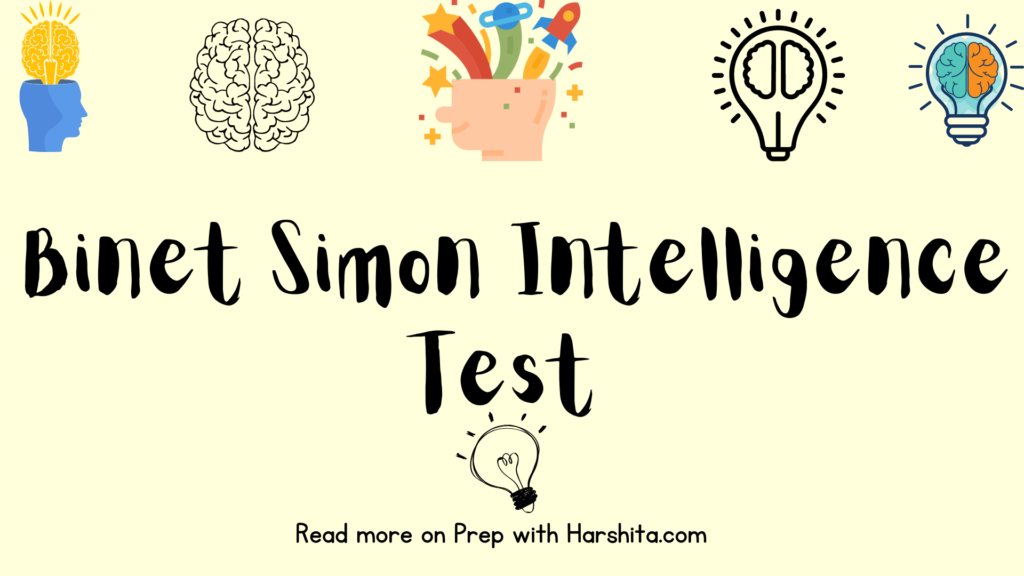The scientific method is a systematic approach used by scientists to investigate natural phenomena, establish relationships between variables, and test hypotheses.
The scientific method is characterized by several key features that distinguish it from other methods of inquiry. These features include:
- Empirical: The scientific method relies on empirical evidence obtained through direct observation or experimentation.
- Systematic: The scientific method involves a systematic and structured approach to investigation, with clearly defined steps and procedures.
- Objective: The scientific method strives to be objective and unbiased, with researchers attempting to eliminate personal bias and subjective interpretation from their investigations.
- Testable: The scientific method focuses on testable hypotheses that can be subjected to empirical scrutiny.
- Replicable: Scientific findings are expected to be replicable by other researchers, with consistent results obtained through repeated experimentation.
- Cumulative: The scientific method is cumulative, with new discoveries building on previous research and knowledge.
- Tentative: Scientific conclusions are always tentative, subject to modification or revision based on new evidence or analysis.
- Creative: The scientific method encourages creativity and innovation, with researchers encouraged to develop novel hypotheses and approaches to investigation.
- Precision: The scientific method requires precise measurement and accurate description of phenomena. Scientists strive to minimize errors and uncertainties in their observations and experiments.
- Falsifiability: Scientific hypotheses must be falsifiable, meaning they can be tested and potentially proven false by empirical evidence. If a hypothesis cannot be falsified, it is not considered scientific.
- Parsimony: The scientific method favors the simplest explanation that can account for the observed data. This is known as the principle of parsimony or Occam’s Razor, which suggests that explanations that require fewer assumptions or entities are more likely to be true.
Also Read : Meaning of Educational Research
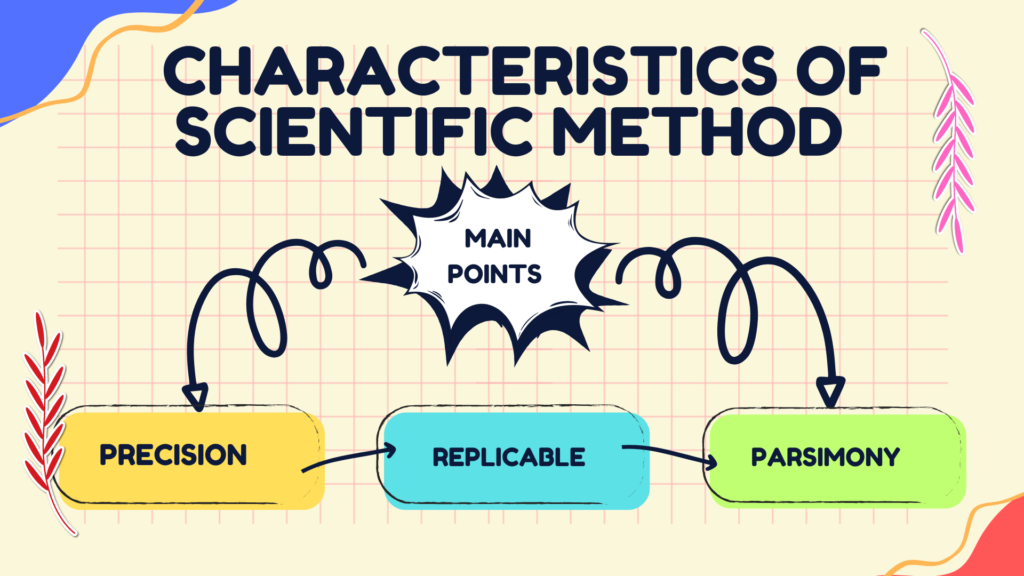
Also Visit : Prep with Harshita


